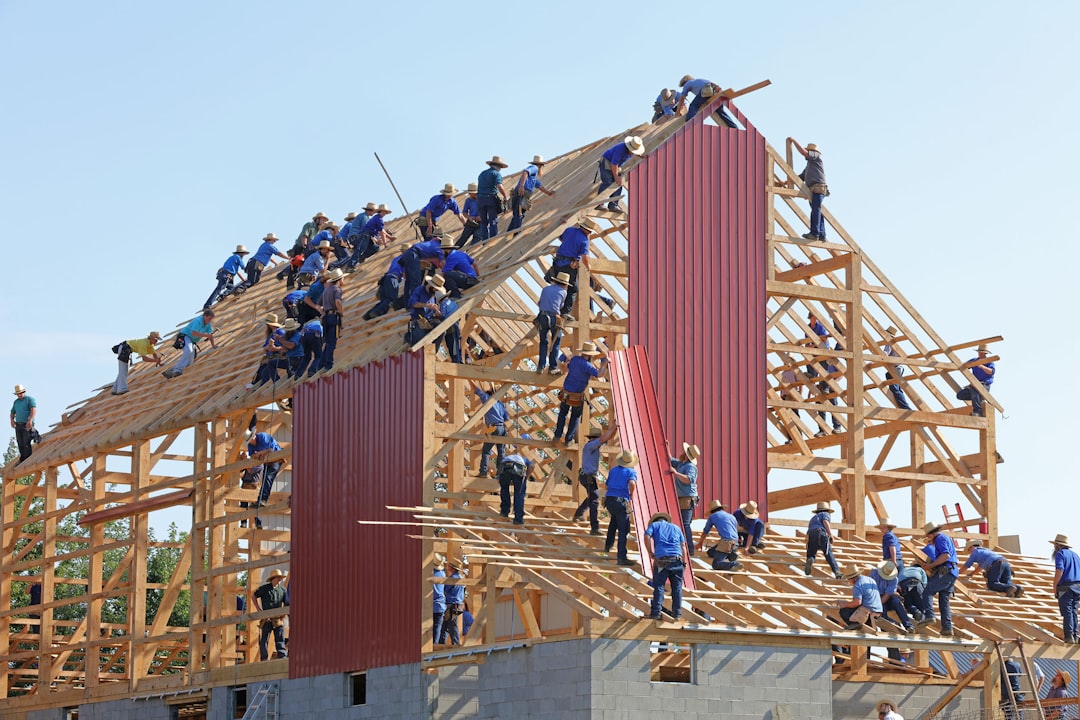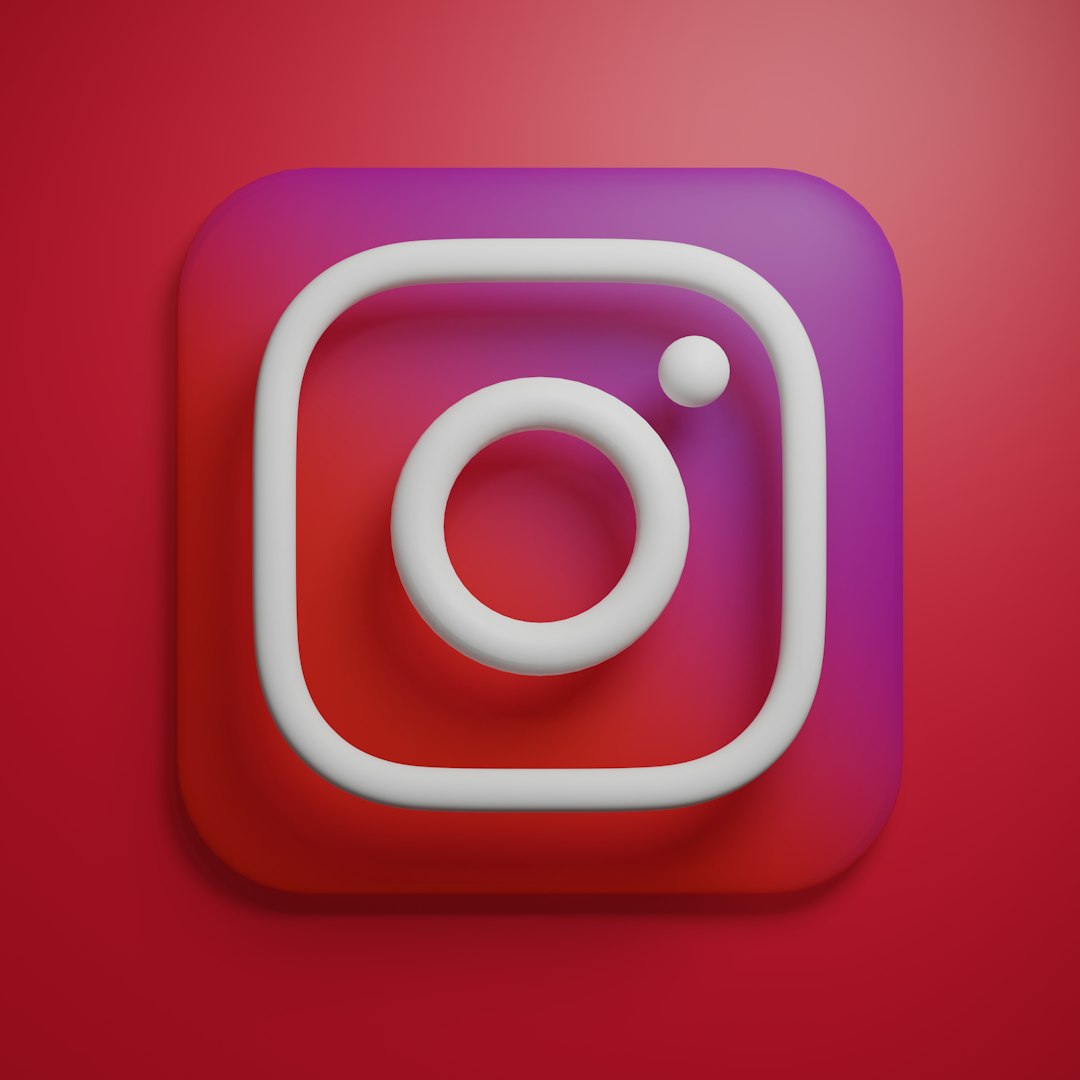Oops! Something went wrong on social media.
We’ve all seen it. A brand posts something questionable. People get mad. The internet goes wild. In the blink of an eye, it’s a full-blown social media crisis.
This is where social media tools step in to save the day.
Why are social media tools important during a crisis? Because timing matters. Accuracy matters. And knowing how to respond without making things worse—yep, that matters too.
It’s any negative event on social media that can damage a brand’s reputation. It might be an angry customer post, a leaked video, or even a major product failure.
And guess what? These things can go viral in minutes.

Let’s break it down. These tools give brands superpowers—they help them listen, respond, and recover.
1. Social Listening
Imagine being able to hear what everyone is saying about you online. That’s what social listening tools do.
They track mentions, hashtags, and keywords. So when a user complains or an issue is bubbling up, you’ll know about it fast.
- Tools like Hootsuite Insights or Brandwatch can spot these trends.
- You get alerts when something starts trending badly.
- You can see patterns and figure out what the root problem is.
It’s like having radar for trouble.
2. Real-Time Monitoring
Social media doesn’t sleep. And unfortunately, neither do crises. Monitoring tools let teams track social channels 24/7.
Some platforms even send push notifications when something unusual is happening—like a sudden spike in negative comments.
This lets brands jump in quickly before it gets out of control.
3. Drafting the Right Response
Words matter, especially in a crisis. A hasty reply can make things worse.
Tools like Sprout Social or Buffer allow teams to work together to craft the perfect message. Everyone can give input, and no one goes rogue.
- Set up message templates in advance.
- Collaborate on responses across teams.
- Keep everything on-brand, even during stress.
It’s like putting the whole team in the same digital room.

4. Automating Some Tasks
Automation helps during a flood of messages. Tools can flag urgent posts and respond with basic info while your team handles the heavy stuff.
It’s not about replacing humans; it’s about helping them focus where they’re needed most.
5. Tracking What Happened
After the storm has passed, it’s time to learn. Most social media tools offer detailed reports.
- What caused the crisis?
- How fast did you respond?
- How did people react afterward?
This helps brands do better next time. Because let’s be real—crises will happen again.
Bonus Tip: Have a Plan Before It Happens
No tool works well if no one knows how to use it during crunch time. That’s why smart brands run practice drills using their social media platforms.
Test different scenarios. Train your team. Save approved reply templates. And make sure everyone knows who’s in charge when things go wrong.
The Takeaway
Social media tools are your crisis superheroes.
They don’t just track trouble—they help you understand it, act fast, and communicate clearly. In the digital age, that can mean the difference between a PR nightmare and a brand that people respect even more for handling it well.
So gear up, stay alert, and don’t forget—every digital storm can be weathered with the right tools in your utility belt.




